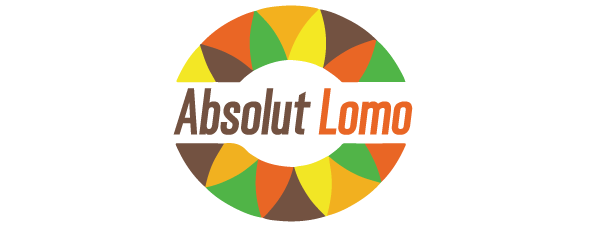Effective maintenance and repair strategies are the backbone of successful short-term rental management. They ensure a smooth guest experience, minimize downtime, and protect your property value. Here’s a breakdown of key strategies to handle maintenance and repairs in short-term rentals:
Proactive Maintenance is Key:
Regular Inspections: Conduct thorough inspections between guest stays. Check for leaky faucets, loose doorknobs, flickering lights, and signs of pest infestations. Test appliances, smoke detectors, and security systems. Detailed checklists ensure you do not miss anything.
Preventative Maintenance: Schedule regular maintenance for crucial systems like HVAC. Timely cleaning of filters and professional servicing extend their lifespan and prevent breakdowns during peak seasons.
Invest in Durability: Choose furniture, appliances, and fixtures built to withstand frequent use. Consider stain-resistant fabrics and scratch-proof surfaces. While it might seem like a higher initial cost, it reduces long-term replacement expenses.
Building a Reliable Vendor Network:
Pre-vetted Contractors: Build relationships with reliable plumbers, electricians, and general handymen. Negotiate preferential rates for recurring maintenance or emergency repairs. Verify licenses and insurance to ensure quality work and protect yourself from liability.
24/7 Availability: Aim for at least one vendor offering emergency services. A burst pipe or a malfunctioning lock should not leave your guests stranded.
Clear Communication Channels: Establish clear communication protocols with vendors. Define response timelines for different repair priorities. This ensures prompt action and minimizes guest inconvenience.
Managing Guest Requests and Repairs:
Guest Screening: Implement a screening process to select responsible guests who respect your property. Clear house rules outlining expectations for appliance usage and wear-and-tear can help minimize accidental damage.
Guest Communication: Provide clear instructions on how guests can report maintenance issues during their stay. A designated phone number, email address, or a guest portal within your listing allows for prompt communication.
Triage and Prioritization: Develop a system to categorize maintenance requests in gestione affitti brevi milano centro. Urgent repairs like plumbing leaks or electrical faults need immediate attention. Minor issues like a loose drawer knob can be addressed between guest turnovers.
Technology for Efficiency:
Maintenance Management Software: Consider using software designed for short-term rentals. These tools help track maintenance requests, schedule appointments with vendors, and manage repair costs. They also streamline communication and record-keeping for future reference.
Smart Home Integration: Explore smart home technologies that can prevent problems before they arise. Leak detectors can alert you to potential water damage before it becomes a major issue. Smart thermostats can optimize energy usage and reduce repair needs for HVAC systems.
Financial Planning and Budgeting:
Reserve Fund: Set aside a dedicated fund for maintenance and repairs. Unexpected breakdowns are inevitable, and having a financial buffer prevents scrambling when repairs arise.
Factor in Costs: When setting rental rates, consider factoring in potential maintenance costs. This ensures you have the resources to keep your property in top shape without sacrificing profitability.
By implementing these strategies, short-term rental managers can create a win-win situation. Guests enjoy a well-maintained and comfortable space, leading to positive reviews and repeat bookings. Property owners benefit from minimized downtime, protected property value, and a steady stream of rental income. Remember, proactive maintenance is an investment that pays off in the long run for a successful short-term rental business.
